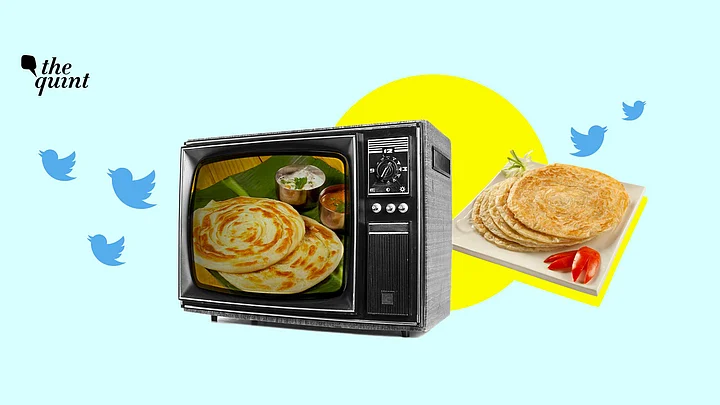It has been a strange, eventful year and on Friday, 12 June, things got stranger when #handsoffparotta started trending on social media. At the centre of this story was the question - is the parotta not a roti, khakra or chappati? And why was this much loved south indian flat-bread dish, allegedly being discriminated against, when it came to GST? We will get into all that and more, but first let’s start with a brief introduction to the parotta.
This delicious flat-bread is a very popular street food in south India, made from refined flour or maida, unlike its north Indian cousin parantha, which is made from whole wheat flour or aata. The parotta is usually consumed with korma, curries or stews.

Where did the parotta come from?
While the parotta has an almost iconic status in Kerala, and is popular across Tamil Nadu and Karnataka also, nobody knows exactly how and where the parotta originated. Some experts believe that it may have come to Kerala from West Asia, others claim since it resembles ‘Laccha Parantha’ of the north, maybe it’s just a variation of that.
The Parotta has been around for less than a hundred years, and gained national popularity only in the 1960s. By the 1980s, the parotta became a staple in the rice loving Malayali kitchens.

Why is parotta in the news?
To understand this, we need to look at three key players,
1. ID Fresh Foods, a Bengaluru-based company that makes ready-to-eat food.
2. The Karnataka Bench of AAR, which is the GST Authority for Advance Ruling.
3. Packaged parotta.
The case started when ID Fresh foods approached the Karnataka Bench of AAR to seek a ruling on the GST applicable on packaged parottas, and whether it can be capped at 5%, like with packaged and ready-to-eat rotis, chappatis and khakras.

The AAR ruled that parottas were not ‘ready-to-eat’ in the true sense, because they had to be heated before consumption and hence would be subjected to 18% GST. Though, fresh parottas served in restaurants will still attract only 5% GST.

Tax classification disputes are fairly common
And sometimes amusing and sometimes bizarre. For example Nestle went to court to get ‘KitKat’ classified as a biscuit or a wafer with chocolate coating and not a chocolate with wafer inside, so that it is taxed less. Vicco Turmeric was another such case, where Vicco Laboratories fought for years to get Vicco turmeric classified as non-cosmetic, to avoid higher tax. They finally won the case in 2007. And in 2019, Madhya Pradesh Bench of AAR ruled that ‘fryums’ are not ‘papad’ and hence would be taxed higher than papad.


So, is the ruling on parotta, out of the ordinary?
No, it is not. It is a fairly common practice for packaged food products to be taxed at a higher rate. For example Tetra-packed milk and condensed milk attract higher GST than non-packaged milk. Tax classification disputes mostly arise because of the wide range of tax slabs, and most companies seek out clarity on various products, which is when cases arise. While tax category disputes will keep arising, experts believe that lower number of tax slabs could eventually lead to lesser disputes.
But for now, packaged parotta is not the same as packaged roti, chappati or khakra.

(At The Quint, we question everything. Play an active role in shaping our journalism by becoming a member today.)
